The relationship between styles of supervision during Student Teaching and self efficacy belief among Elementary Education Preservice teachers
DOI:
https://doi.org/10.4151/07189729-Vol.50-Iss.2-Art.42Keywords:
Self-efficacy Initial Teacher Preparation Student-teaching.Abstract
The level of perceived self-efficacy reported by 111 elementary preservice teachers at the end of the student teaching semester was examined as a function of the types of activities performed in the school, the type of supervision they reported receiving and the type of instruction modelled by the cooperating teacher. A directive (vs.a reflective) approach to supervision was associated with higher self-efficacy scores when student teachers reported engaging in structured tasks that required instrumental knowledge. A directive approach was found to be associated with higher self-efficacy scores when cooperating teachers modelled activities presenting routine tasks, with low levels of cognitive challenge to pupils. A reflective approach was associated with higher self-efficacy scores when cooperating teachers modelled activities presenting rigorous attention to content and cognitive challenge to pupils. These findings are discussed in terms of their implications for the mediation provided by student teaching supervisors.
Downloads
Published
How to Cite
Issue
Section
License
Copyright (c) 2011 Carmen Montecinos, Carolina Barrios, María Fernanda Tapia

This work is licensed under a Creative Commons Attribution-ShareAlike 4.0 International License.
The authors grant an exclusive licence, without time limit, for the manuscript to be published in the Perspectiva Educacional journal, published by the Pontificia Universidad Católica of Valparaíso (Chile), through the School of Pedagogy.





